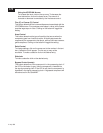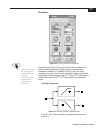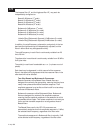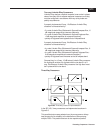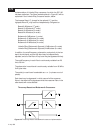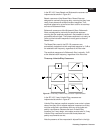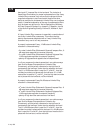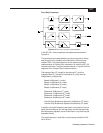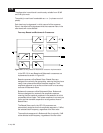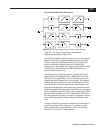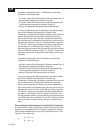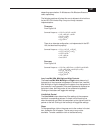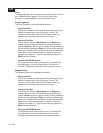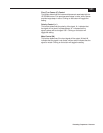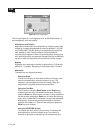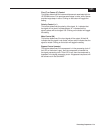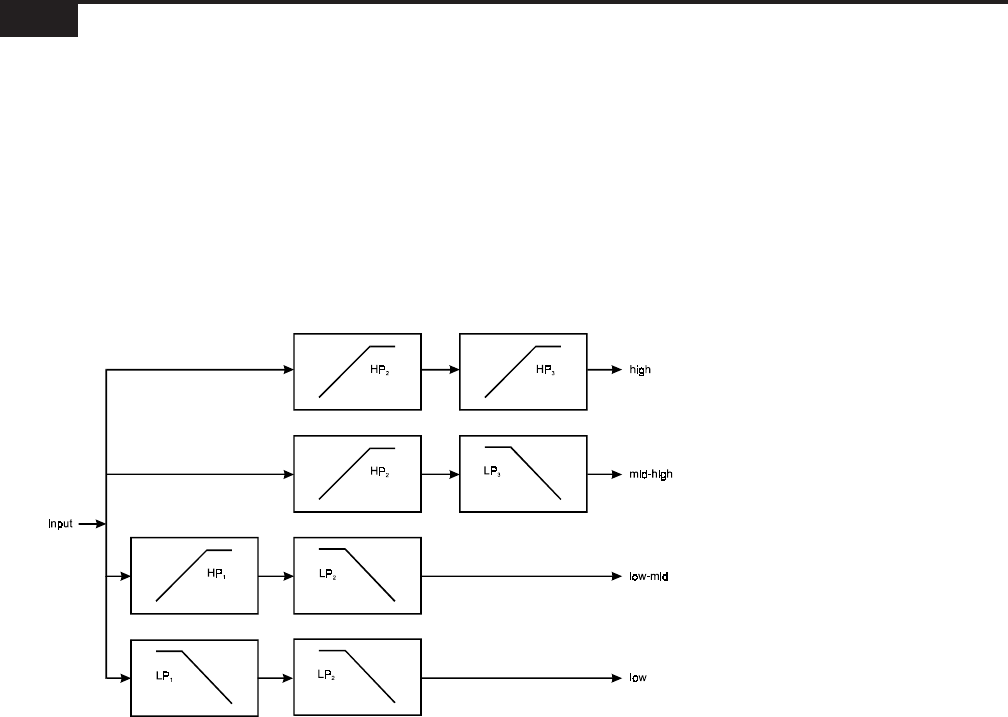
8-18
10 July 1998
The attenuation in each band is continuously variable from -96 dB
and 0 dB, plus mute.
The polarity in each band is selectable as + or - (in-phase or out-of-
phase).
Each band may be bypassed, in which case all of the crossover
filters in that band will be bypassed while the crossover filters in the
other bands will not be affected.
Four-way Bessel and Butterworth Crossovers
Figure 8-9
Four-way Bessel & Butterworth crossover implementation.
In the ISP-100, 4-way Bessel and Butterworth crossovers are
implemented as shown in Figure 8-9.
Bessel crossovers utilize Bessel filters. Bessel filters are
designed for maximally-flat group delay, meaning that they have
nearly linear phase and excellent transient response. Their
amplitude response is not as flat and their cutoff is not as sharp
as those of Butterworth filters.
Butterworth crossovers utilize Butterworth filters. Butterworth
filters are designed for maximally-flat amplitude response,
meaning that the amplitude response in the passband is as flat
as possible without ripple. Their phase response is not nearly as
linear and their transient response is not as good as those of
Bessel filters.
The Bessel filters used in the ISP-100 crossovers are
automatically scaled so that their amplitude response is -3 dB at
the selected cutoff frequency, regardless of the filter order.
The amplitude response of a Butterworth filter is naturally -3 dB
at the selected cutoff frequency, regardless of the filter order.



